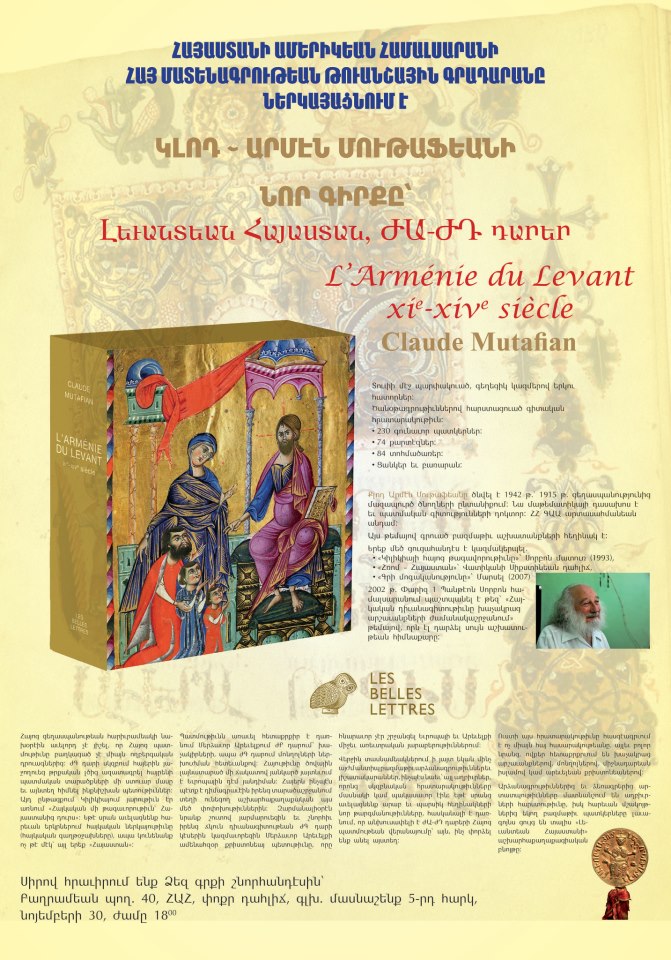
Սիրով հրաւիրում ենք Ձեզ գրքի շնորհանդէսին՝ Բաղրամեան պող. 40, ՀԱՀ, փոքր դահլիճ, գլխ. մասնաշէնք 5−րդ հարկ, նոյեմբերի 30, ժամը 18.00
Նոր գրքի շնորհանդես՝ Claude Mutafian, "L'Arménie du Levant (XIe-XIVe siècle)"
Հայոց ցեղասպանութեան հարիւրամեակի նախօրէին աւելորդ չէ յիշել, որ Հայոց պատմութիւնը բաղկացած չէ միայն ողբերգական դրուագներից։ ԺԳ դարի սկզբում հայերին յաջողուեց թրքական լծից ազատագրել հայրենի պատմական տարածքների մի ստուար մասը եւ այնտեղ հիմնել ինքնիշխան պետութիւններ։ Այդ ընթացքում Կիլիկիայում յարութիւն էր առնում «Հայկական մի թագաւորութիւն` Հայաստանից դուրս»։Եթէ սրան աւելացնենք հարեւան երկրներում հայկական ներկայութիւնը (հայկական գաղթօջախները), ապա կունենանք ոչ թէ մէկ՝ այլ երեք «Հայաստան»։
Պատմութիւնն առաւել հետաքրքիր է դառնում Մերձաւոր Արեւելքում ԺԲ դարում՝ խաչակիրների, ապա ԺԳ դարում մոնղոլների ներխուժման հետեւանքով։ Հայութիւնը ծովային լայնատարած մի ճակատով յանկարծ յայտնւում է Եւրոպային դէմ յանդիման։ Հայերն ինչպէ՞ս պէտք է դիմագրաւէին իրենց տարածաշրջանում տեղի ունեցող աշխարհաքաղաքական այս մեծ փոփոխութիւններին։ Զարմանալիօրէն նրանք շուտով յարմարուեցին եւ շնորհիւ իրենց ճկուն դիւանագիտութեան ԺԳ դարի կէսերին կազմաւորեցին Մերձաւոր Արեւելքի ամենահզօր քրիստոնեայ պետութիւնը, որը հնարաւոր չէր շրջանցել Եւրոպայի եւ Արեւելքի միջեւ առեւտրական յարաբերութիւններում։
Վերջին տասնամեակներում ի յայտ եկան մինչ այժմ անտիպ բազմաթիւ արձանագրութիւններ եւ յիշատակարաններ, ինչպէս նաեւ՝ այլ աղբիւրներ, որոնց սկզբնական հրատարակութիւնները մասնակի կամ պակասաւոր էին։ Եթէ սրանց աւելացնենք արաբ եւ պարսիկ հեղինակների նոր թարգմանութիւնները, հասկանալի է դառնում, որ անխուսափելի է ԺԱ-ԺԴ դարերի Հայոց պատմութեան վերանայումը՝ այն, ինչ փորձել ենք անել այստեղ։
Ուստի այս հրատարակութիւնը հասցէագրւում է ոչ միայն հայ հասարակութեանը, այլեւ բոլոր նրանց, ովքեր հետաքրքրւում են խաչակրաց արշաւանքներով, մոնղոլներով, միջնադարեան իսլամով կամ արեւելեան քրիստոնեաներով։
Արձանագրութիւններից եւ ձեռագրերից արտատպութիւնները մատնանշում են աղբիւրների հարստութիւնը, իսկ հարեւան մշակոյթներից եկող բազմաթիւ պատկերները լաւագոյնս ցույց են տալիս «Լեւանտեան Հայաստանի» աշխարհաքաղաքացիական բնոյթը։
Տուփի մէջ պարփակուած, գեղեցիկ կազմերով երկու հատորներ։
Ծանօթագրութիւններով հարստացուած գիտական հրատարակություն։
• 230 գունաւոր պատկերներ։
• 74 քարտէզներ։
• 84 տոհմածառեր։
• Ցանկեր եւ բառարան։
.....................................................
At the brink of the 100th anniversary of the Armenian Genocide it should be noted that the Armenian history consists not only of tragedies and tears, but also of magnificent episodes. Especially remarkable is the beginning of the 13th century, when the Armenians managed to liberate a large part of their historical lands from the Тurkish control and set up an autonomous government. During this period “an Armenian kingdom out of Armenia” was born in Cilicia. And if we add the Armenian Diasporas in neighboring countries, then we will not have one, but three Armenias, an odd, but quite an interesting situation.
History becomes more passionate by the crusaders invasion of the Middle East in the 12th century and Mongol invasions in the 13th century. Armenians unexpectedly found themselves facing Europe through a widespread seafront. How should they confront these huge geopolitical changes that were happening in the region? Surprisingly, they adapted effortlessly, and due to their flexible diplomacy they formed the most powerful Christian state in the half of 13th century Middle East, impossible for the European and Eastern traders to bypass.
During the last decades, a number of unpublished inscriptions, colophons and other sources come out; alas these publications were either incomplete or imperfect. If we add to the above the new translations of the Arab and Persian authors, it becomes evident that the review of the history of the 11-14th Armenia is necessary. Hence, what we attempted to do.
Therefore this publication is addressed not only to the Armenians, but also those who are interested in Crusaders, Mongols, Islam in Middle Ages and the Christian Orient in general.
The book contains numerous maps and genealogical trees, as well as documents that are often inaccurately used in many historical studies, or used as a secondary (additional element) by the authors. The book showcases 200 illustrations, demonstrating the unique cultural boom in architecture, painting and especially sculpture in the form of cross stones.
The illustrations of inscriptions and manuscripts indicate the wealth of the sources used in this publication, and the sources from the neighboring cultures best demonstrate the cosmopolitan nature of “Levant’s Armenia” and the Integration of the Armenian society with the international establishment.
Book Description:
A box set with two volumes with beautiful covers
Scientific publication enriched with footnotes.
230 colorful illustrations.
74 maps.
84 genealogical trees.
Index and glossary.
***
L'Arménie du Levant (XIe-XIVe siècle)
(http://www.lesbelleslettres.com/livre/?GCOI=22510100793980)
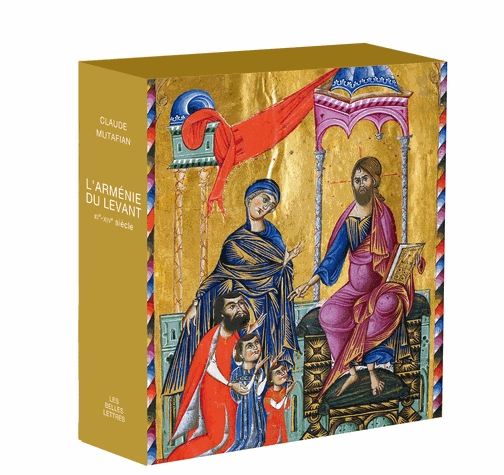
***
***
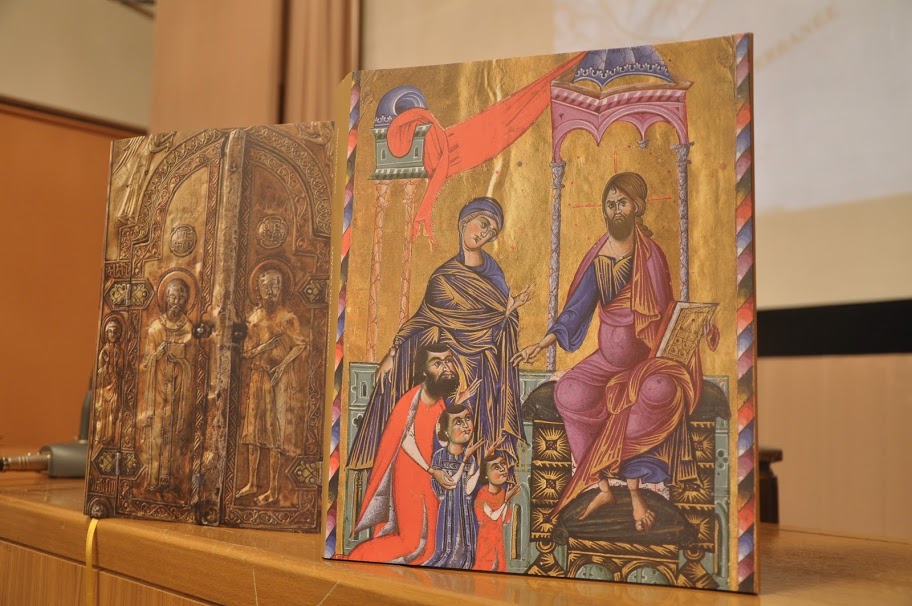
***
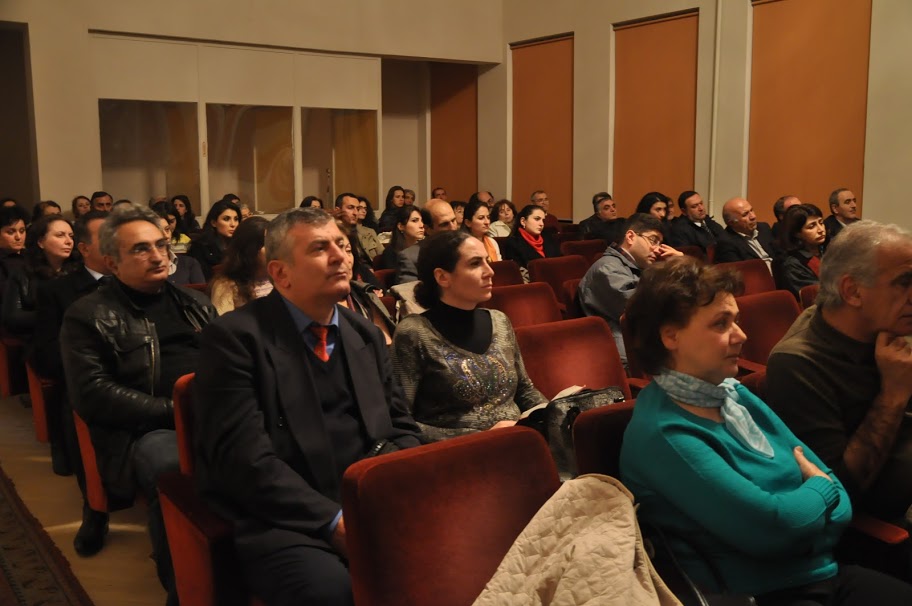




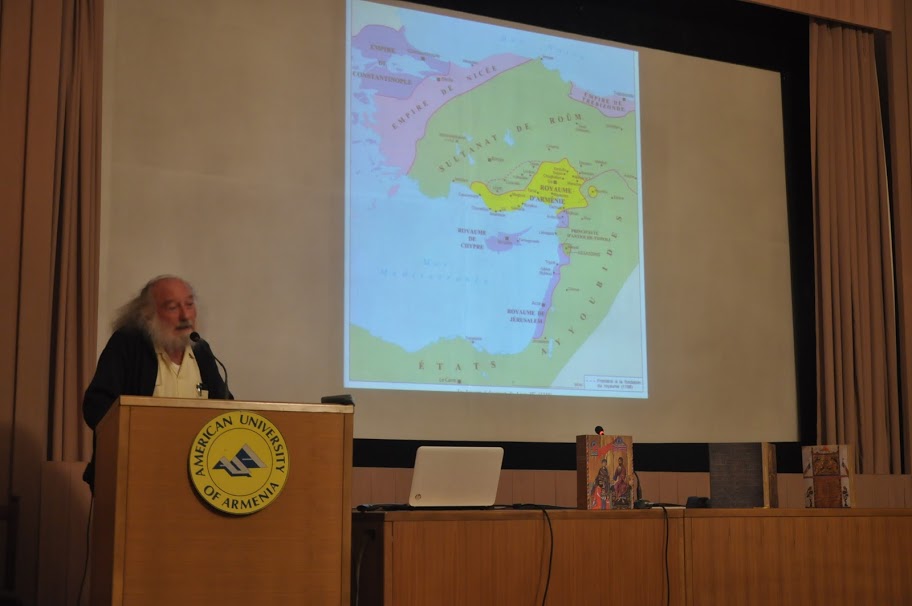




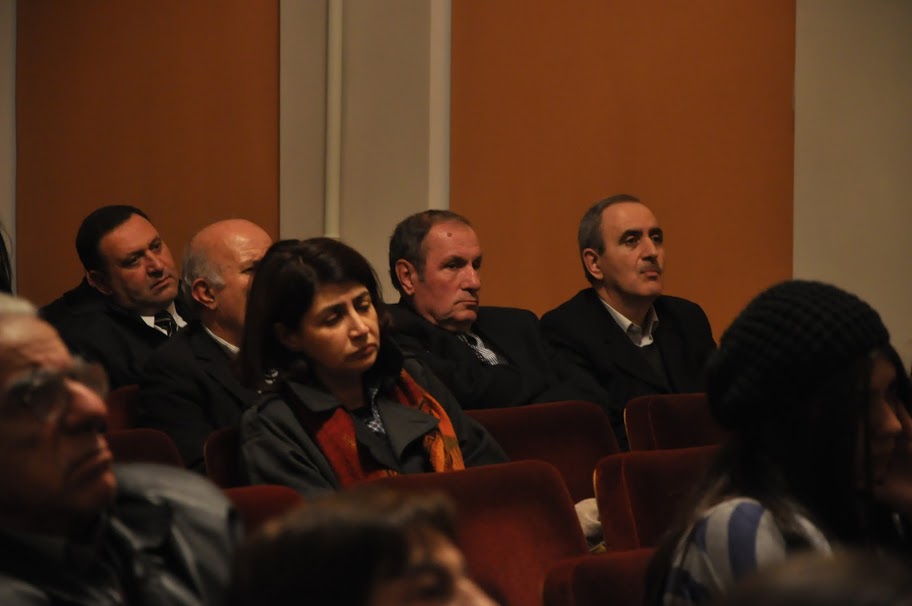
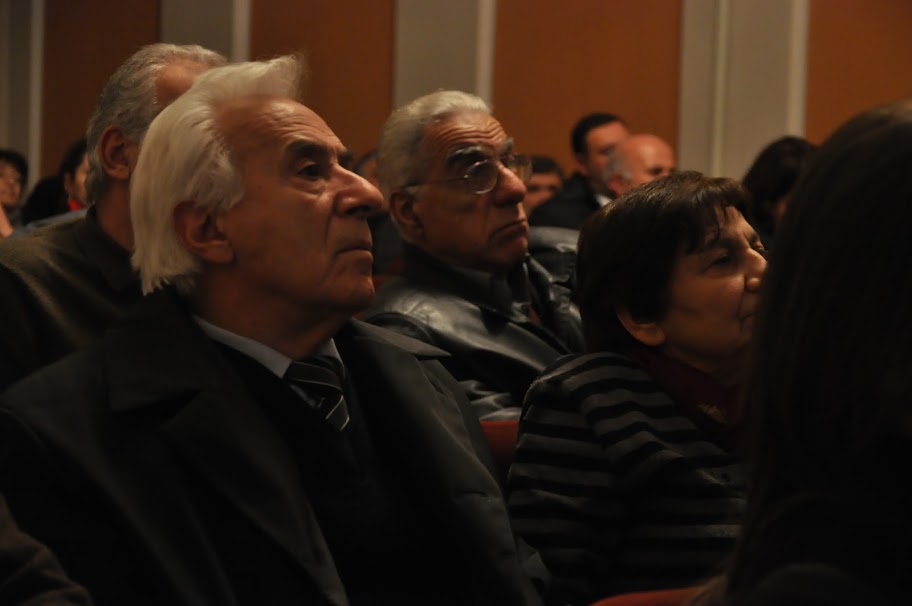
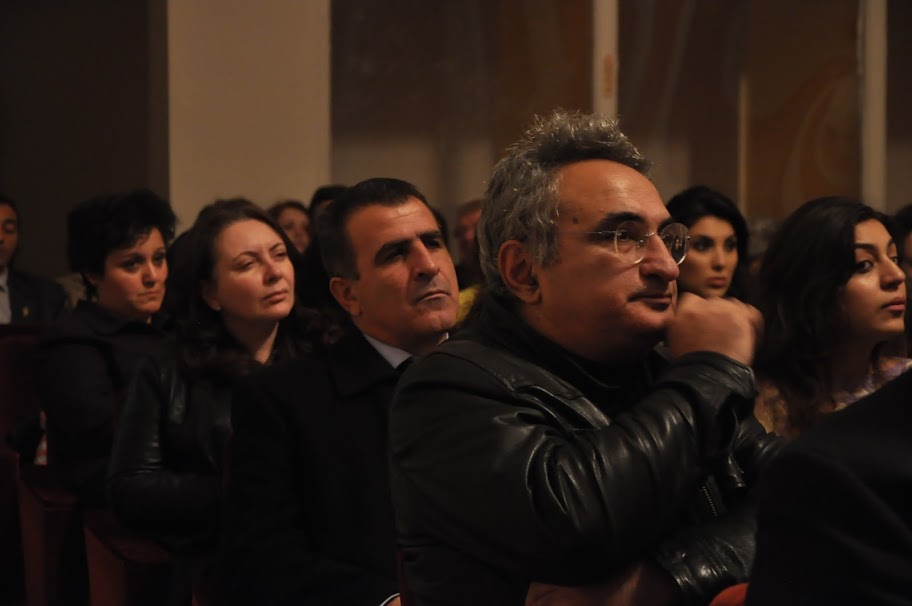
.jpg)

Մեկնաբանություններ